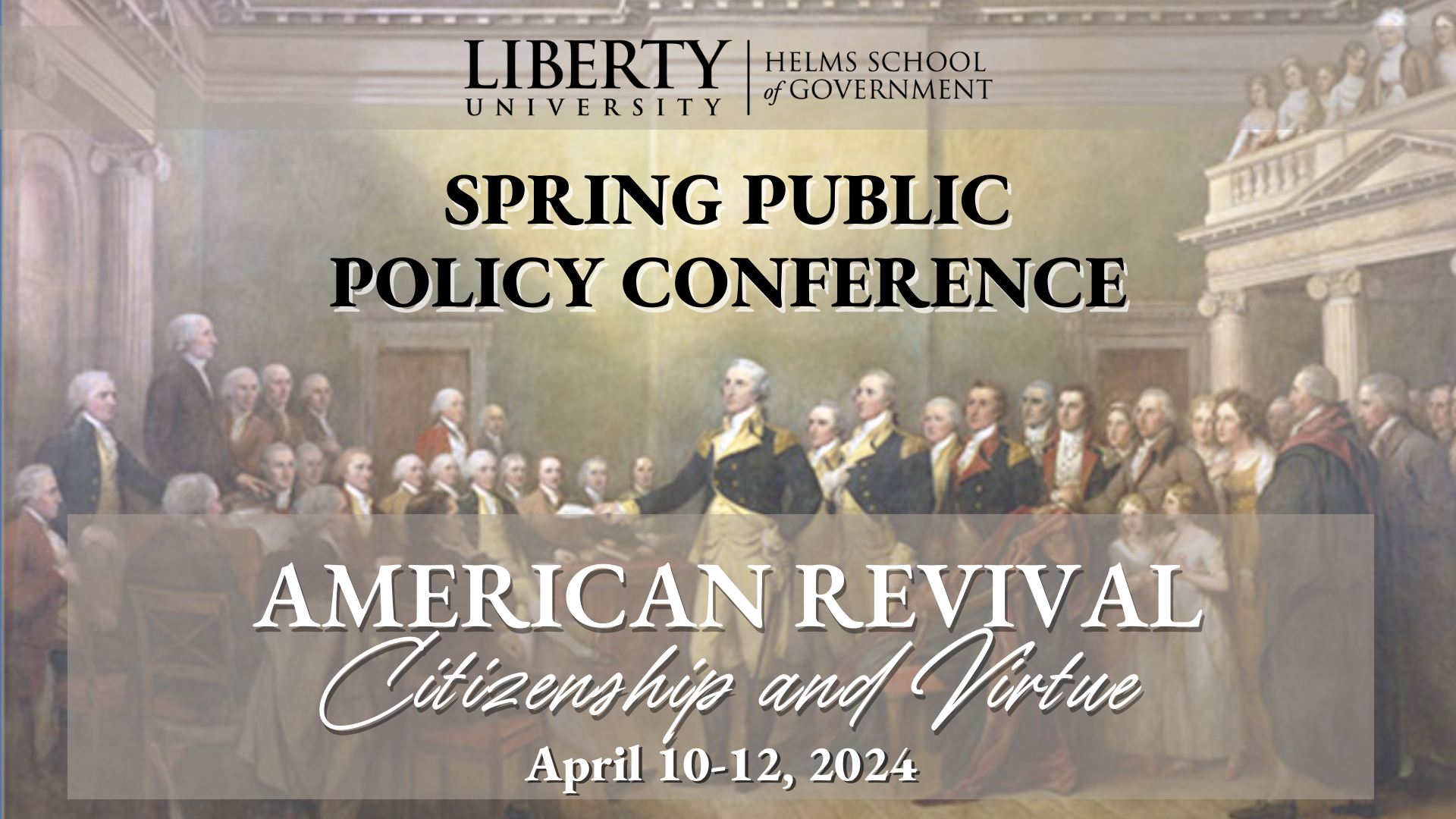Location
Cultural & Social Challenges
Keywords
abortion, Constitution, federal, state, regulations
Abstract
Despite the Supreme Court’s Dobbs decision reversing Roe v. Wade - thereby giving states the freedom to regulate abortion as they saw fit - no significant decline in abortion numbers followed, raising the question: what is the right way to fight abortion?
One factor to be considered: how does the Constitution permit the different levels of government to tackle this topic? For half a century the Roe decision allowed the federal government to trump a state’s right to choose the level of abortion restrictions it deemed fit. Now the decision has been returned to the states. But which decision was right? And if abortion truly is murder, is it right or logical to have fifty different definitions, or should a nationwide ban at a certain time be considered?
Another question: the effectiveness of state-by-state abortion laws. While Roe v. Wade‘s reversal was seen by both sides as a win for the pro-life movement, the number of abortions nationwide increased by over two thousand in the year after Dobbs. Some possible causes are the opening of clinics in abortion-friendly states, the growing prevalence of at-home abortions with pills, or “abortion tourism” from states with bans. So, has returning the issue to the states actually made things better?
This paper would address these questions, dive into research surrounding the history and precedents of abortion regulation, and propose a conclusion on what strategy pro-lifers should utilize in protecting the unborn’s right to live.
Included in
An Analysis of the Abortion Fight's History, Facts, and Strategies in a Post-Roe v. Wade World
Cultural & Social Challenges
Despite the Supreme Court’s Dobbs decision reversing Roe v. Wade - thereby giving states the freedom to regulate abortion as they saw fit - no significant decline in abortion numbers followed, raising the question: what is the right way to fight abortion?
One factor to be considered: how does the Constitution permit the different levels of government to tackle this topic? For half a century the Roe decision allowed the federal government to trump a state’s right to choose the level of abortion restrictions it deemed fit. Now the decision has been returned to the states. But which decision was right? And if abortion truly is murder, is it right or logical to have fifty different definitions, or should a nationwide ban at a certain time be considered?
Another question: the effectiveness of state-by-state abortion laws. While Roe v. Wade‘s reversal was seen by both sides as a win for the pro-life movement, the number of abortions nationwide increased by over two thousand in the year after Dobbs. Some possible causes are the opening of clinics in abortion-friendly states, the growing prevalence of at-home abortions with pills, or “abortion tourism” from states with bans. So, has returning the issue to the states actually made things better?
This paper would address these questions, dive into research surrounding the history and precedents of abortion regulation, and propose a conclusion on what strategy pro-lifers should utilize in protecting the unborn’s right to live.



